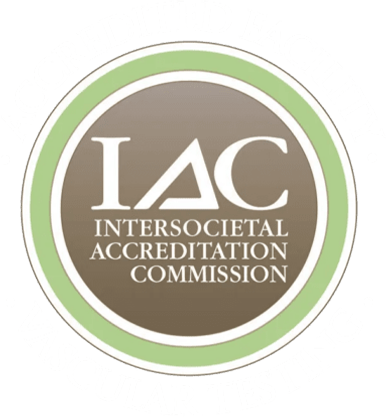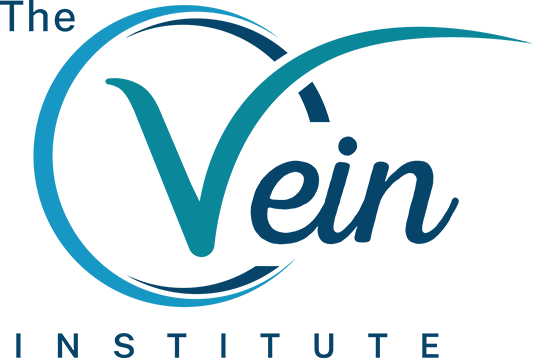
At The Vein Institute of Jacksonville, we understand how frustrating and uncomfortable leg swelling, also known as leg edema, can be. For many patients, compression stockings are the first line of defense against venous disease. But what if you could take things a step further and support your vein health with something as simple as daily movement?
Let’s explore how exercise can play a decisive role in managing and even reducing leg edema.
What Is Leg Edema?
Leg edema refers to swelling caused by fluid buildup in the lower legs, ankles, or feet. It often occurs when circulation slows or weakens, allowing fluid to collect in the tissues. Common causes include chronic venous insufficiency (CVI)—a condition where veins struggle to return blood to the heart—along with heart, liver, or kidney disease, immobility, and certain medications.
You may notice your legs feeling heavy or tight, your skin appearing shiny, or swelling that worsens throughout the day.
Compression Helps, But It’s Not the Whole Solution
 Compression stockings are an effective way to manage symptoms of leg swelling. They work by applying gentle pressure that encourages blood and lymphatic fluid to move upward toward the heart. However, compression alone doesn’t strengthen your veins or improve the way your body naturally pumps blood, especially if a sedentary lifestyle is a contributing factor.
Compression stockings are an effective way to manage symptoms of leg swelling. They work by applying gentle pressure that encourages blood and lymphatic fluid to move upward toward the heart. However, compression alone doesn’t strengthen your veins or improve the way your body naturally pumps blood, especially if a sedentary lifestyle is a contributing factor.
This is where exercise comes in as a powerful partner to compression therapy.
How Exercise Supports Vein Health
When you move your body, especially your legs, you activate your calf muscles. These muscles function like a secondary heart, helping push blood up through your veins. Exercise also promotes healthier vein walls, better circulation, and less fluid buildup. It can help lower your risk of complications and even reduce the frequency or intensity of symptoms.
Consistent physical activity has been shown to:
- Improve the efficiency of your calf muscle pump
- Support healthier vein valve function.
- Reduce pressure in the lower legs
- Support weight management, which lowers strain on your veins
What Types of Exercises Are Best?
The good news is that you don’t have to train like an athlete to see results. Even small amounts of gentle movement throughout the day can make a meaningful impact. Simple activities like walking or swimming, or even at-home movements like ankle pumps, toe lifts, or leg elevation, can be easily incorporated into your daily routine.
Walking is one of the easiest and most effective ways to exercise. A 20- to 30-minute walk each day can help maintain blood flow, reduce swelling, and strengthen the muscles that support your veins.
Swimming is another excellent choice. The buoyancy of the water reduces pressure on your joints while still engaging your muscles and encouraging circulation.
If you prefer to stay indoors, simple at-home movements like ankle pumps, toe lifts, or leg elevation can be just as helpful. Raising your legs above heart level for 15–20 minutes several times a day can also help relieve pressure and reduce fluid buildup.
Other Ways to Boost Results
To get the most out of your movement routine:
- Try not to sit or stand in one position for too long. Set a timer to move every hour, even briefly.
- Stay hydrated. Drinking plenty of water helps prevent fluid retention and supports better circulation.
- If your provider recommends wearing compression stockings, follow their directions, especially during prolonged periods of sitting or standing.
By combining these habits with regular activity, you can take a proactive role in managing your leg edema over time. Your commitment to these lifestyle changes can make a significant difference in your vein health.
When to Seek Help From a Vein Specialist
 While exercise can significantly reduce swelling, it’s essential to be aware of warning signs. If your leg edema is sudden, painful, or only affecting one leg, it may indicate a more serious issue, such as a blood clot or advanced venous disease. A medical provider should also evaluate discoloration, warm patches of skin, or skin changes.
While exercise can significantly reduce swelling, it’s essential to be aware of warning signs. If your leg edema is sudden, painful, or only affecting one leg, it may indicate a more serious issue, such as a blood clot or advanced venous disease. A medical provider should also evaluate discoloration, warm patches of skin, or skin changes.
Take the First Step Toward Relief
If you’re ready to go beyond compression and explore the root causes of your leg swelling, the team at The Vein Institute of Jacksonville is here to help. We offer personalized evaluations, including ultrasound imaging to assess your vein health, and minimally invasive treatments such as endovenous laser therapy or sclerotherapy that address the underlying causes of vein problems, rather than just their symptoms.
Let’s get your legs feeling lighter, healthier, and stronger.
Request an Appointment today and take the first step toward lasting relief.
Frequently Asked Questions

IAC Accredited Vascular Testing
We are proud to be distinguished as an IAC Accredited Vascular Testing Facility. The Vein Institute adheres to the strictest national guidelines for vascular testing, demonstrating a commitment to the highest quality patient care.




